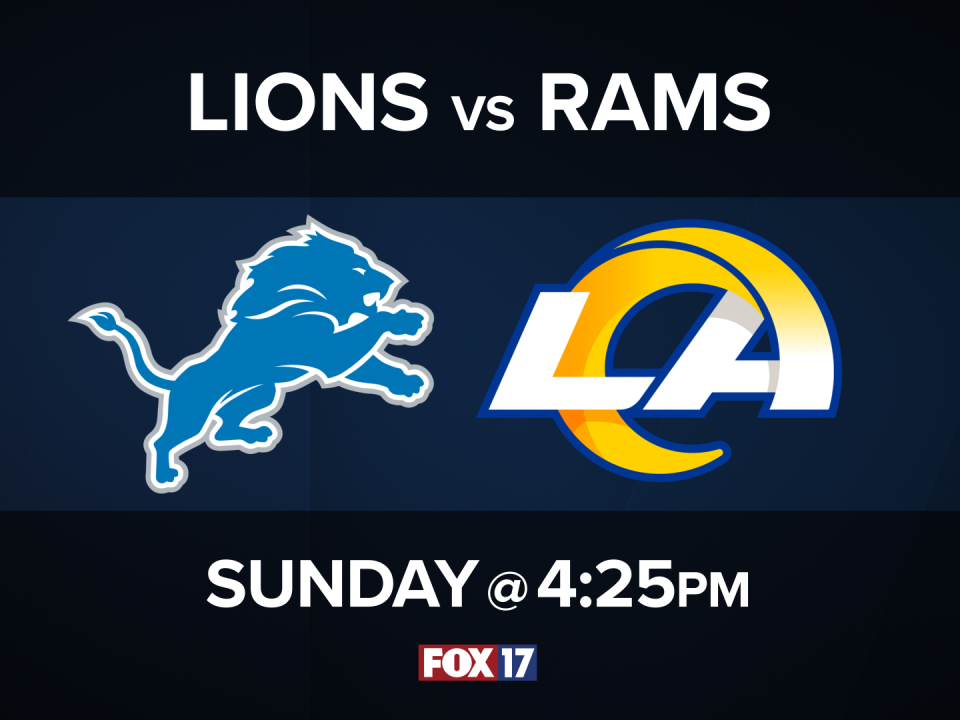September 17 was national Constitution Day, so this is a great time of year to brush up on not only the US Constitution, but also the Bill of Rights. In this Know the Law segment, Grand Rapids personal injury attorney, Tom Sinas, shares the facts about the first amendment, commonly known as the right to free speech.
First Amendment Limits Governmental Power
First, before diving into the facts about the first amendment, it’s important to look at the actual wording:
“Congress shall make no law abridging the freedom of speech, or of the press; or the right of the people peaceably to assemble, and to petition the government for redress of grievances.”
The very first word in the amendment reveals a lot and is easy to forget – that Congress shall make no law limiting speech. This amendment was designed to limit the power of the government.
First Amendment and Constitutional Rights Violations
In order to have a qualifying Constitutional rights violation claim, such as the infringement of freedom of speech, there must be something known as a “state action,” which, over the years, the US Supreme Court has held can be either federal or state and local governments.
In addition, the Court has held that the right of free speech is not unbounded and absolute. There are certain limitations which go back a long time in the jurisprudence in the United States.
Facts About the First Amendment – Speech Restrictions
The Court held that speech creating a “clear and present danger” can be limited. In essence, anything one can utter that creates a danger, such as “fire,” when it’s not true, is subject to restriction by the US government.
Another type of speech that can be restricted is what is known as content neutral speech. For example, suppose the city of Grand Rapids says that nobody can speak with a bullhorn after 11pm. That limits speech, correct? Well, this type of restriction is allowable because it is applies to everyone equally. Generally, the Courts have held that when limitations are applied to everyone equally and the restriction isn’t aimed at a certain type of speech or group of people, the government can impose reasonable limitations.
The final type of speech that can be restricted is when someone is harmed by another person’s words or writing. This is also known as slander. The person harmed can legally seek resource against the one who spoke or wrote the harmful statement.
For more information, please visit sinasdramis.com.



